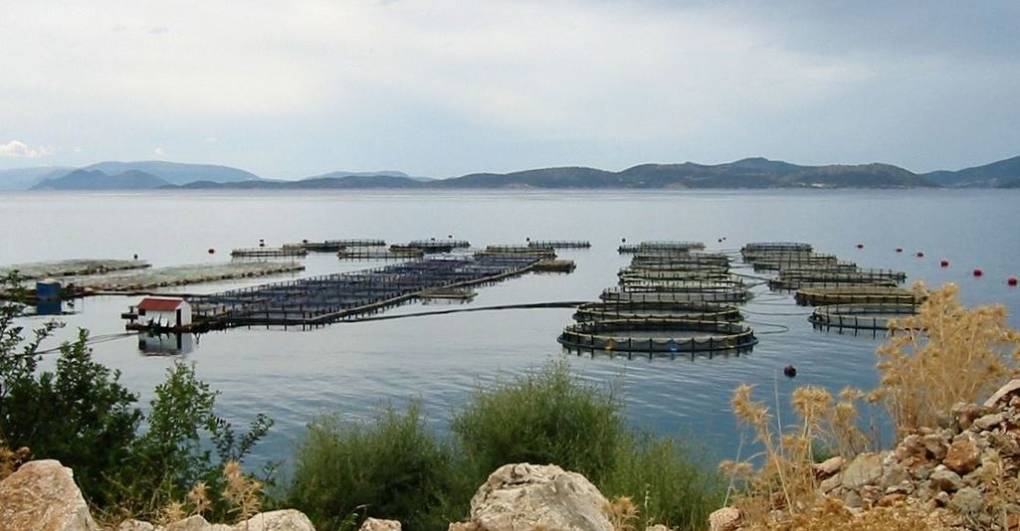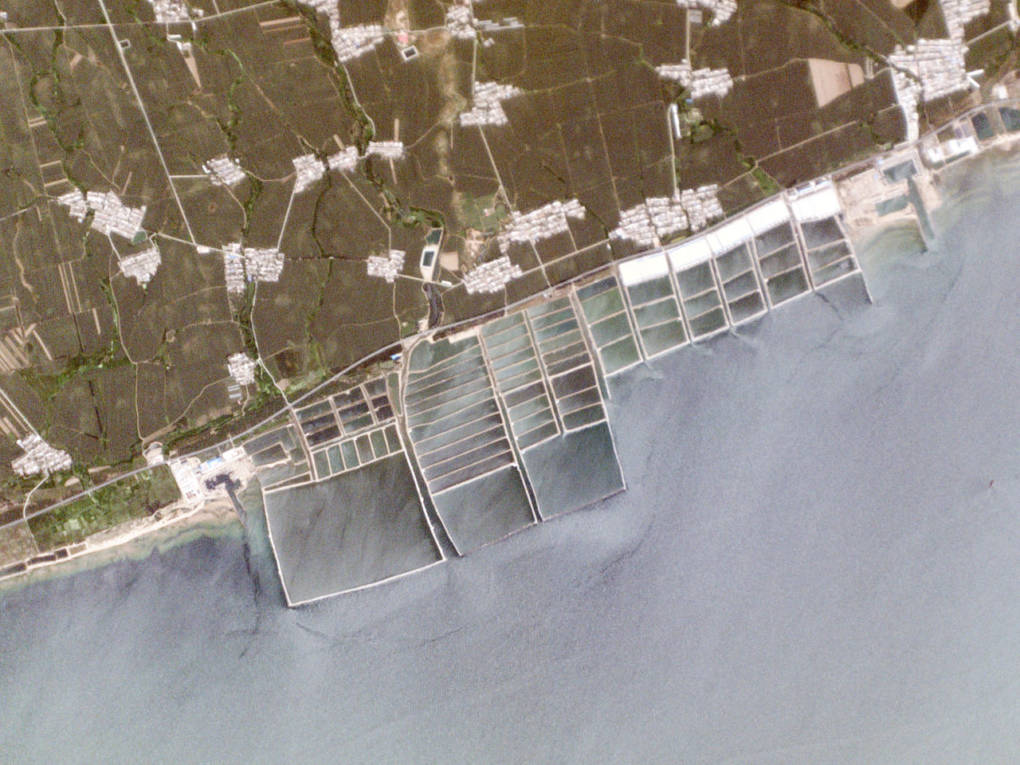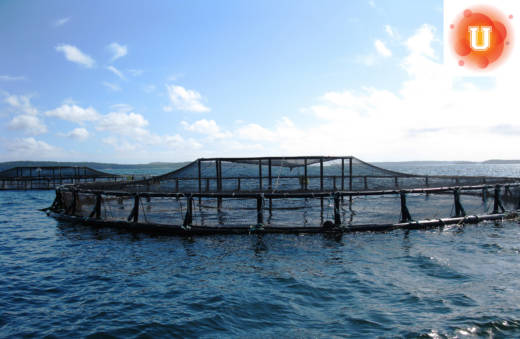This post is part of KQED’s Do Now U project. Do Now U is a biweekly activity for students and the public to engage and respond to current issues using social media. Do Now U aims to build civic engagement and digital literacy for learners of all ages. This post was written by Ben Lokken, Anna Herff, Tim Jenkins and Sara Wolf, students in Juk Bhattacharyya’s “Environmental Geology” class at University of Wisconsin-Whitewater.
Featured Media Resource
VIDEO: NOAA
Fish on a Farm
Get a brief introduction to fish farming, including some environmental concerns and how scientists are helping to address those impacts.
Do Now U
Do the benefits of aquaculture and fish farming outweigh the negative impacts? #DoNowUFishFarm
How to Do Now
To respond to the Do Now U, you can comment below or post your response on Twitter. Just be sure to include #DoNowUFishFarm and @KQEDedspace in your posts.
Learn More About Aquaculture

Aquaculture has emerged a popular and efficient way to grow and rear marine and aquatic life for consumption. Various species of fish, shellfish and even plants are grown in tanks, ponds, man-made inland systems or open water cages in the ocean until they reach market size. On a large scale, aquaculture could lessen the need for finding and catching wild fish for food or ornamental purposes (i.e. aquariums) and also help us more efficiently harvest underwater plants for uses in pharmaceuticals, nutritional supplements and other products. Aquaculture has grown exponentially in recent years. For example, according to the Food and Agriculture Organization of the United Nations, 44.1 percent of total fish production worldwide in 2014 came from aquaculture, an increase from 42.1 percent in 2012 and 31.1 percent in 2004. Aquaculture shows tremendous promise in being a long-term source of food to sustain a growing population. However, it has its fair share of problems.

There are many reasons why aquaculture is good for the environment. In 2009, the total seafood consumed in the world was more than117 million tons. Of this, 90 million tons were taken out of freshwater and marine habitats. This practice can lead to overfishing, which happens when more fish are caught than can be replenished naturally. This can cause certain fish species, like Atlantic bluefish tuna, to become extinct. Overfishing can impact marine ecosystems as well. For example, cod feed on herring. If herring are overfished, the cod population is adversely affected. Upsetting links on the food chain has consequences up and down the line. Aquaculture could help decrease the effects of human consumption of fish on freshwater and marine water habitats by producing food without taking away from overfished environments. Fish, plants and shellfish produced in aquaculture farms are also used to rebuild species populations in freshwater and saltwater habitats. A lesser-known benefit is that plants grown in aquaculture provide material used in pharmaceutical, nutritional, and biotechnology products. Aquaculture can also potentially be used for treating sewage and wastewater. For example, in India, treated sewage is first passed through ponds of duckweed and next through ponds of prawns and carp. These animals gain nutrients from the waste as they clean the water. The water can then be used for agricultural purposes. These are just some of the ways aquaculture is beneficial not only to habitats and wild fish, but also to humans.
